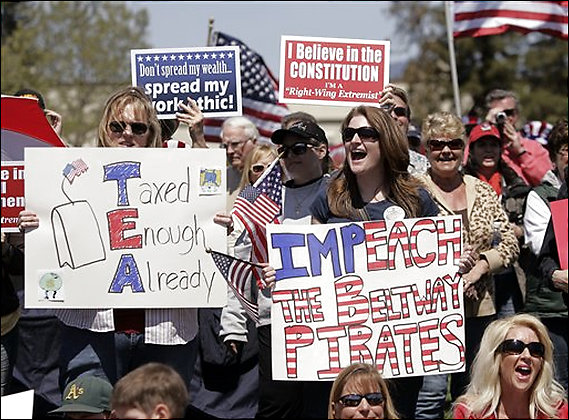Here is a nice write up of Obama's health care proposal from the Cato Institute:
Here are the five White House selling points, followed by my doubts:
1. “It makes insurance more affordable by providing the largest middle class tax cut for health care in history, reducing premium costs for tens of millions of families and small business owners who are priced out of coverage today. This helps over 31 million Americans afford health care who do not get it today – and makes coverage more affordable for many more.”
Not true. It would make insurance more affordable for those who receive subsidies and more expensive for taxpayers who finance those subsidies. It would make insurance more affordable for those who wait until they have preexisting conditions to buy a “Cadillac plan,” and more expensive for those who have been paying for a high-quality plan for years. It would make insurance more affordable for those with adult children living at home, and more expensive for singles and childless couples. If would make insurance more affordable for obese alcoholic smokers and more expensive for people with a healthy diet and exercise. It is all about redistributing health.
The estimate that those lured into subsidized plans and Medicaid would otherwise be uninsured is largely false, as is the related illusion that the number of uninsured would drop by 31 million. Economists know from past expansions of taxpayer-financed benefits that such giveaways mainly substitute for or “crowd out” benefits otherwise purchased by employers or individuals.
2. “It sets up a new competitive health insurance market giving tens of millions of Americans the exact same insurance choices that members of Congress will have.”
Not true. Very few of the insurance companies who choose to participate in the large group plan for federal employees (75% financed by taxpayers) would also offer individual policies for relatively few people on the proposed exchanges. If the federal government made good on the President’s recent threats to slap price controls on premiums, no sensible insurers would participate. If the federal government attempted to impose Medicare-like reimbursement rates on doctors and hospitals, only second-rate doctors and hospitals would accept the insurance. Even the Mayo Clinic in Phoenix recently stopped accepting Medicare because Medicare payments (which “reform” would cut even more) don’t come close to covering expenses.
3. “It brings greater accountability to health care by laying out commonsense rules of the road to keep premiums down and prevent insurance industry abuses and denial of care.”
Not true. The thinly-veiled threat of Nixonian price controls on health insurers would drive capital out of the industry, and likely end in “cost-plus” regulations that are simply encourage higher costs. The next point deals with some of those “commonsense rules.”
4. “It will end discrimination against Americans with pre-existing conditions.”
Not true. Basing premiums on known health risks is not discrimination but sound actuarial practice. Compelling insurers to charge similar rates to healthy and sick applicants makes no more sense than compelling them to charge the same rates to smokers and non-smokers. Compelling insurers to keep people on the plan even if they lie about their health or lifestyle must result in higher premiums for honest and/or healthy people.
5. “It puts our budget and economy on a more stable path by reducing the deficit by $100 billion over the next ten years – and about $1 trillion over the second decade – by cutting government overspending and reining in waste, fraud and abuse.”
Not true. The costly new subsidies and extra Medicaid spending could reduce future deficits only if taxes were increased even more than spending. By that logic, the President could propose $99 trillion of new spending and $100 trillion of new taxes and claim the result would put the government’s budget (as opposed to taxpayers’ budget) “on a more stable plan.”
Subscribe to:
Post Comments (Atom)



















No comments:
Post a Comment